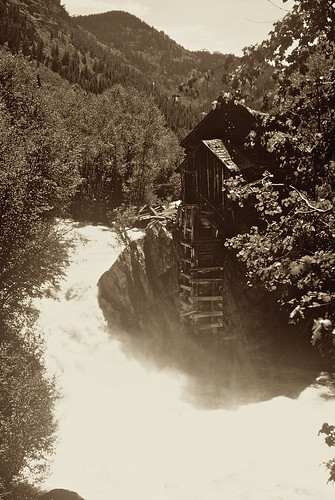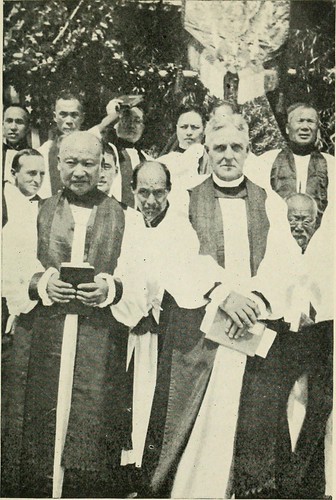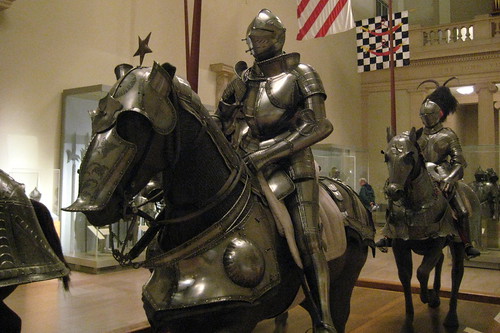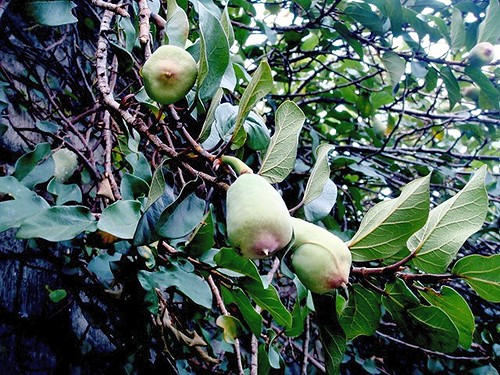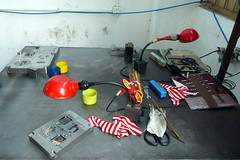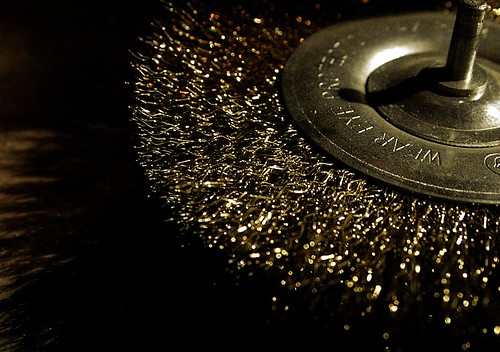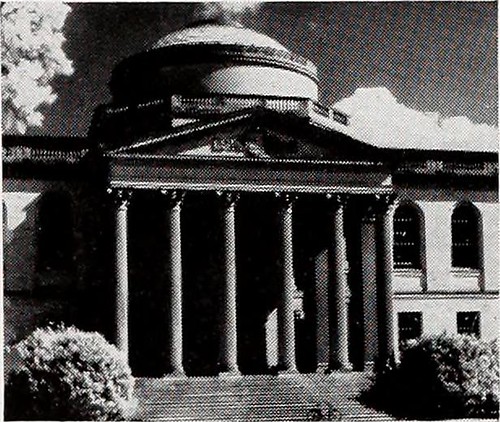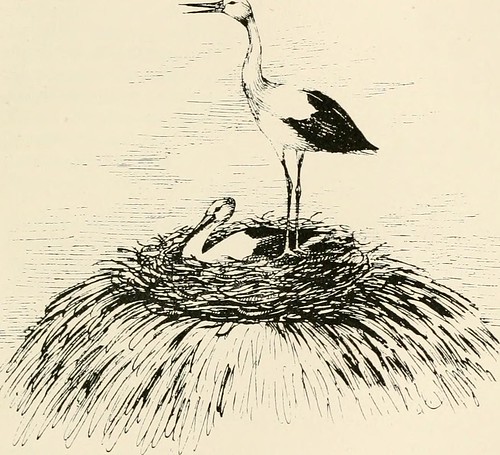(Posted from China Injection Mold blog)
Some cool pipe mould maker images:
Image from page 128 of “Transactions of the Bristol and Gloucestershire Archaeological Society” (1912)

Image by Internet Archive Book Images
Identifier: transactionsofbr35bris
Title: Transactions of the Bristol and Gloucestershire Archaeological Society
Year: 1912 (1910s)
Authors: Bristol and Gloucestershire Archaeological Society. cn
Subjects: Bristol and Gloucestershire Archaeological Society
Publisher: Bristol, Eng. : The Society
Contributing Library: Allen County Public Library Genealogy Center
Digitizing Sponsor: Internet Archive
View Book Page: Book Viewer
About This Book: Catalog Entry
View All Images: All Images From Book
Click here to view book online to see this illustration in context in a browseable online version of this book.
Text Appearing Before Image:
bird in raised ornamentation,the sides of the neck of the vessel being decorated with shortraised loops, and the body covered with a conventionaldesign in low relief. In size the perfect pitcher must havestood at least 14 to 16 in. in height (see illustrations). The Norman potters were certainly very original in theirwork, and the fragments, which are pieced together as far aspossible, show much quaintness in design. I do not remembera vessel in any of the London or provincial museums at allsimilar. Many other fragments were found of early mediaevalpottery, including a darkgreen glazed head forming the mask lip of yet anotherpitcher. It is a curiously boldpiece of moulding and veryecclesiastical in character, forthe head is depicted wearinga tonsure (see illustration). We naturally wonder if theartist – potter modelled thesevessels to order, or if theywere the working of his ownfertile brain ; and also inwhat houses in this Norman town they were in use beforegetting so badly smashed.
Text Appearing After Image:
too < Transactions for the Year 1912. A fragment of a fourteenth or a fifteenth-century inlaidpavement tile, doubtless thrown out from one of the old city•churches, and the following various items, all came to handfrom another rubbish pit:— A seventeenth-century iron stirrup. An iron bullet, ^-in. diameter. Two clay tobacco pipes bearing the initials N.M.on the heels, which is a makers mark not previouslyrecorded. A Gloucester Traders Token, bearing on the obverse : LVKE . NOVRSE . MAIOR . 1657 1 = C. G. (City of Gloucester). A small R the initial of Thomas -Rawlins the engraver, beneath the letters. On the reverse : for . necessary . CHANGE=Armsof the City of Gloucester ; three chevrons betweenten torteaux. The issuer of this token was Mayor of the City in 1644,the same year in which Toby Jordan (one of the messengerswho carried the answer of the citizens to King Charles Iin Tredworth Field, when he summoned the city tosurrender) was Sheriff. Luke Nourse was elected Mayoragain
Note About Images
Please note that these images are extracted from scanned page images that may have been digitally enhanced for readability – coloration and appearance of these illustrations may not perfectly resemble the original work.
Bristol trade directory 1871 – Dress makers & Milliners

Image by brizzle born and bred
Millinery and dressmaking constituted the higher end of female employment with the needle; they were "respectable" occupations for young women from middle-class or lower middle-class families. The number of women involved in dressmaking alone in the early 1840s was estimated to be 15,000.
Bristol Dress Makers
Allen Mrs. 55 St. Michael’s hill
Baker M. 54 Bellevue crescent
Ball Miss, Regent street
Beard L. E. 25 Thrissell street
Beer Harriet, 53 Mead street
Bethell Mrs. Redcliff hill
Bruton H. 39 Triangle
Butcher C. 1 Redcross street
Butcher H. and A. 16 Orchard street
Canning Miss M. 35 College street
Cantle Mrs. 2 Lansdown terrace
Carpenter A. 13 College street
Cawless Miss, 28 Trinity street
Chedzoy and Allen, 7 Picton street
Cole Ann, 3 Upper Wells street
Cole Mrs. 10 Alfred place
Coombs Mrs. 39 Park street
Cottle Miss C. 5 Eldon place
Davey M. K. 5 Low. St. Michael’s hill
Davis Mrs. Wells street, Culver street
Davis Mrs. 6 Ellenborough place
Downs Miss C. 45 Woolcott buildings
Ellis Miss. 10 Regent street, Clifton
Ellison Mrs. 6 St. James’s square
Fairbrother Mrs. Tankard’s close
Farrow Miss H. 1 Cotham side
Felton Ann, Lower Castle street
Ferguson M. 4 Alfred place, Kingsdown
Ford Miss, Portland Place
Gallo M. 9 Grove p ace, Redland
Gast 21 South place, New river
Gillard E. 18 Denbigh street
Gitson Mrs. 5 Castle green
Griffin Mrs. 15 Dove street
Gummer Mrs L. 7 Cheltenham bldgs
Hanson Mrs. Kinburn cottage, Belgrave rd
Harper E. Queen’s road
Harrison H. M. 33 Upper Arcade
Harvey Miss, 4 Lower Westfield place
Hay E. Terrell street
Healls Miss, 12 Horfield road
Hillier Elizabeth, Lodge street
Holesgrove Misses, 38 College green
House Mrs. Portwall lane
Howell Miss, Regent street
Hurd Miss C. 1 Waterloo street
Hyatt Mrs R. P. Upper Victoria place
Jolly and Son, 43 College green
Keel Miss, Gloster street, Clifton
Kellaway Mrs G. 12 Oakfield place, Clifton
Kernick Mrs. 27 Triangle
King Mrs J. 30 Clarence place
Lambert Mrs. Elton place
Lang Miss L. H. Portland place
Lawless Miss Harriet, Hampton place
Lewis Miss, 9 Dover place
Lewis Miss, 24 Clifton wood crescent
Michell Sarah, 3 St Andrew’s bldgs
Moody Mrs. 5 York buildings
Moore Miss, 49 Thrissell street
Morgan Miss, 47 Park street
Morgan Miss, St Michael’s hill
Moulding Miss, 12 Stokes croft
Mountsteven A. 22 The Triangle
Newman J. 24 Ninetree hill
Newman Miss, 9 Stanley terrace
Owen and Hathaway, 4 College green
Pain Miss, 24 Paul street, Kingsdown
Parsons J. 50 Bellevue crescent
Penny Miss ll Wellington terrace, Clifton
Phillips Mary Ann, 40 Milk street
Pile Mrs. 19 Osborne terrace, Totterdown
Roberts Miss, 12 Highland place
Rogers Miss, Egerton road
Sellick Miss, 3 Old park hill
Smith the Misses, 7 North street
Sollis E. and A. Lower College green
Sully F. J. Somerset street, Cathay
Spark and Tait, 32 College green
Thomas E. 21 Lower Arcade
Thomas Mary, Whitson street
Thresher Miss, 16 College green
Treadwell Mrs. 50 St. Michael’s hill
Waite Mary Ann, 5 Devonshire terrace
Ward S. and C. 3 Ruysdael place
White Paulina, 5 Somerset crescent
Whitmarsh Mrs. W. 13 Kingsdown parade
Williams Louisa, East Redcliff crescent
Windsor Mrs. 8 Sunderland terrace
Wren Misses, Totterdown
Dressmakers’ Pattern Maker
Williams David, 8 Brunswick place, Hotwells
Milliners
A milliner is a hat maker. This was a very important trade in Victorian times. If you look at Victorian photographs you will find that you rarely see anyone outside without a hat.
In Victorian times ordinary working people got all their clothes locally (or made their own). The dressmakers listed here would have been kept busy.
Adams Louisa, 26 Park street
Adams Mrs. 6 Cumberland street
Allen Misses, 1 Bedford view
Avins Mrs. Oxford street, Totterdown
Bailey Mrs. 3 Ninetree hill
Baker Mrs. 34 The Triangle
Barnes Miss, 20 Thomas street
Bartlett R. C. 58 Redcliff street
Bartley Mrs. 33 Paul street
Bendall Mrs E. George st. Bedminster
Bolwell T. 21 Redcliff street
Bolwell Thomas, 4 Peter street
Bond Mrs. 9 Hampton terrace, Totterdown
Bond Mrs. Lower Clifton hill
Bound E. 1 Union street
Carter Elizabeth, 11 East Redcliff crescent
Choffin Mrs. 35 Upper Arcade
Clarke Alfred, 4 Old King street
Coombs & Morgan, 17 Harford street
Coombs Mrs, 39 Park street
Cooper Elizabeth, 29 Lower Arcade
Davis Mrs, 28 St Michael’s hill
Dimond M. 15 Bedminster causeway
Dowell J. H. 67 West street
Drinkwater and Son, 6 High street
Duck Mrs, 124 Thomas street
Dunn Mrs. Pipe lane, St Augustine’s
Edmonds Mrs. 12 Alfred place
Floyd Mrs. 1 Lower Arcade
Gibbs Mrs. 5 Elton place
Gibson Hannah, 11 Rosemont terrace
Gravell E. 2 Clarence road
Gray and Co. 28 Wine street
Harris Mrs Charles, Denmark house, Wells road
Harvey Miss, 4 Lower Westfield place
Harvey Mrs. 25 Elton place
Hatherley E. & M. 23 Cumberland st
Heall G. 1 John street, Easton
Heard William, 3 Upper Arcade
Hill Miss, 6 Upper Maudlin street
Holesgrove the Misses, 38 College green
Hooper M. A../19 Broadmead
Hooper Miss, Wellillgton place
Houston and Burgess, 28 The Triangle
Howell Mrs R. 9 Spring st. Bedminster
Humphries Miss M. King square avenue
Hutton Mrs. 8 Dover place
Iles Mrs. Egerton road
Jennings Miss, 6 Stoke’s croft
Jolly and Son, 43 College green
Jones A. and M. 3 Claremont buildings
Jones Misses, 25 The Triangle
Kernick Miss, 24 The Triangle
Kittyle Misses, 5 St Michael’s park
Lapworth Miss, Shortgrove, Durdham down
Lasbury S. 3 Orchard st. St. Philip’s
Lee Mrs. Paul street
Lee Mrs. Abbotsham place
Levy Miss, 3 Bridge street
Lilly S. & M. 3 Osborne terrace, Totterdown
Light L. 18 Upper Arcade
Linklater T. 129 Whiteladies road
Lodge J. and Co. .49 Wine street
Loosemoore Misses, 7 Unity street
Lucas Miss, Mansion house avenue
Maggs Mrs. F. 39 Castle street
Maishman A. T. 11 and 12 Wine street
Marshall Mrs. 10 Norfolk street
Martin Miss, Royal Prom. Queen’s rd.
May Miss R. Shortgrove, Durdham down
Meek Mrs. The Triangle, West
Mitchener Mrs. 8 Gloster street
Morgan Miss, 1 St. Michael’s hill
Naish Jane, 1 St. James’s parade
Newman Miss Julia Ann, Ninetree hill
Oxley Mrs. 4 Granby place
Pope Mrs. St Augustine’s place
Prestidge Miss, 30 Montague hill
Richards Mrs. 12 Mall place
Roberts Mrs. 12 Highland place
Rogers Mary, 5 Raglan place
Saunders John Edwin, 17 Castle street
Simpson Miss, 55 Park street
Skewes Mary Ann, 9 Devonshire terrace
Slade Eliza and Ann, Surrey street
Slade Misses, 59 Park st
Smith Mesdames, 7 North street
Smith Misses, 33 Park street
Sowden Miss, 7 Wellington place
Stone Miss E. L. 9 Prince st, St Paul’s
Sullivan Mrs. Anjer’s rd, Totterdown
Sully Miss, 3 Hanmer’s buildings
Summers Mrs M. 83 Redcliff street
Sydenham Mrs J. 112 Wellesley place
Symes Miss, 3 Manor buildings
Tarver Miss, Garibaldi bldgs, Knowle
Taylor J. F. 34 College green
Tennell A. A. Portland street
Tovey M. and F. Stapleton road
Tripp Miss Sarah, 45 Whiteladies road
Turner H. 22 Lower Arcade
Voisey and Healls, 3 Dover place
Wainwright Miss, 10 Orchard street
Wall M. A. 9 St. James’s churchyard
Watson Mrs. 19 Meridian place
Wayland Miss, 19 Lower Arcade
Webb and Thomas, 10 Redcliff hill
Wellington E. 77 Stoke’s croft
Weston Stephen, 34 Wine street
Westbury Mrs. 16 Southampton par.
Willey and Davis, 2 Clifton place, Clifton
Williams Mrs M. 18 Camden terrace
Windsor Mrs. 8 Sunderland terrace
Wyatt Mrs. 16 Paul street, Portland sq
York Mrs. Ann, 12 St. Michael’s hill
Read more about
Image from page 128 of "Transactions of the Bristol and Gloucestershire Archaeological Society" (1912)

